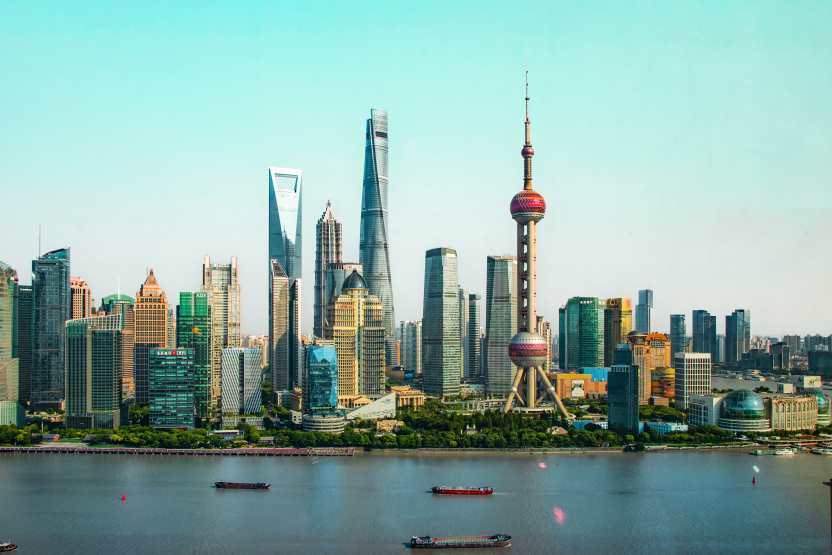Monday, October 21, 2024

The immensely popular Chinese video game Black Myth: Wukong has, of all things, helped boost domestic tourism because it features 36 ancient architectural sites in China.
Local tourism departments, inspired by the video game, have devised crossover projects to successfully attract an increasing number of tourists.
Thanks to the increase in Chinese people’s disposable income, along with the advancement of technology, people’s demands are becoming increasingly diversified along with the rapidly changing social trends.
On its part, the tourism industry has been striving to meet tourists’ demands, in order to realise its own high-quality development.
An apt example of this is the decision of a number of local tourism departments to leverage the popularity of Black Myth: Wukong to boost local tourism.
China today is the world’s biggest domestic tourism market, the largest source of international tourists and a major destination for foreign tourists.
In 2023, China recorded 4.89 billion domestic passenger trips, marking a staggering 93.3% year-on-year increase.
Moreover, in 2023 domestic travellers spent more than 4.91 trillion yuan (RM2.3 trillion), an increase of a staggering 140.3% year-on-year. Also, China received 82.03 million inbound trips last year as it further opened up the economy to the outside world.
China’s tourism sector has become a strategic pillar industry, contributing to the well-being of the people. Many local cultural and tourism departments are striving to blaze a trail in the high-quality development of the tourism sector, in order to promote their brand image and tourism-related products.
The “tourism plus” model has not only improved coordination among related industries and increased resource sharing but also intensified the competition among tourism destinations.
Some regions and cities have tapped the potential of history and culture using their own attractions to advantage. For example, Harbin, capital of Heilongjiang Province, integrates the art of making ice and snow sculptures with music to create the annual Harbin International Ice and Snow Festival.
Artists from around the world come to the city every winter to create the ice and snow sculptures, which attract a huge number of tourists. Harbin also holds many cultural events to meet the increasingly variegated demands of tourists to improve its international image.
StarPicks
50 YEARS OF PROGRESS
The port city of Quanzhou in Fujian Province, which was the starting point of the ancient Maritime Silk Road, holds a number of cultural events to bring history to life, and encourages young people to create history-related artworks to improve the city’s attractiveness.
As for Chongqing, it has been using its picturesque mountains and urban attractions to develop an array of unique tourism products. The municipality’s geographical features have become its promotional image on social media platforms, attracting a large number of young travellers.
Actually, the integration of cultural, creative products such as video games and movies with tourism is becoming increasingly appealing to people.
Such services and products provide new economic growth points, enrich tourists’ experience and improve the brand image of tourist spots.
For instance, elements of a video game have been added to an urban cultural route in Xi’an, Shaanxi province; they include a light and sound show based on the theme of the ancient city wall. Xi’an has also developed a series of game-related cultural products to attract more young tourists.
Besides, Chengdu in Sichuan province cooperated with a game developer to create a role-playing mobile game, in which players can feed and clean virtual baby pandas, and get vital information on the popular animals.
The demand for and supply of tourism-related services and products have been constantly changing thanks to the advancement of technology.
Travellers, the tourism sector and administrative departments all are adapting to the rapid changes brought about by the development of advanced technology. Therefore, the tourism sector should seize the opportunities created by the advancement of technology and offer better services to tourists, so as to attract more tourists in the future.
In fact, local tourism departments have been keeping pace with the changing trends, promoting the development of the tourism industry with a more open and innovative attitude.
Their efforts have helped create a vibrant pattern of cooperation and healthy competition in the tourism sector.
As such, more crossover interactions can be expected in the future to provide special, customized services and products for tourists.
Sunday, October 20, 2024
Sunday, October 20, 2024
Monday, October 21, 2024
Sunday, October 20, 2024
Sunday, October 20, 2024
Sunday, October 20, 2024
Sunday, October 20, 2024
Sunday, October 20, 2024